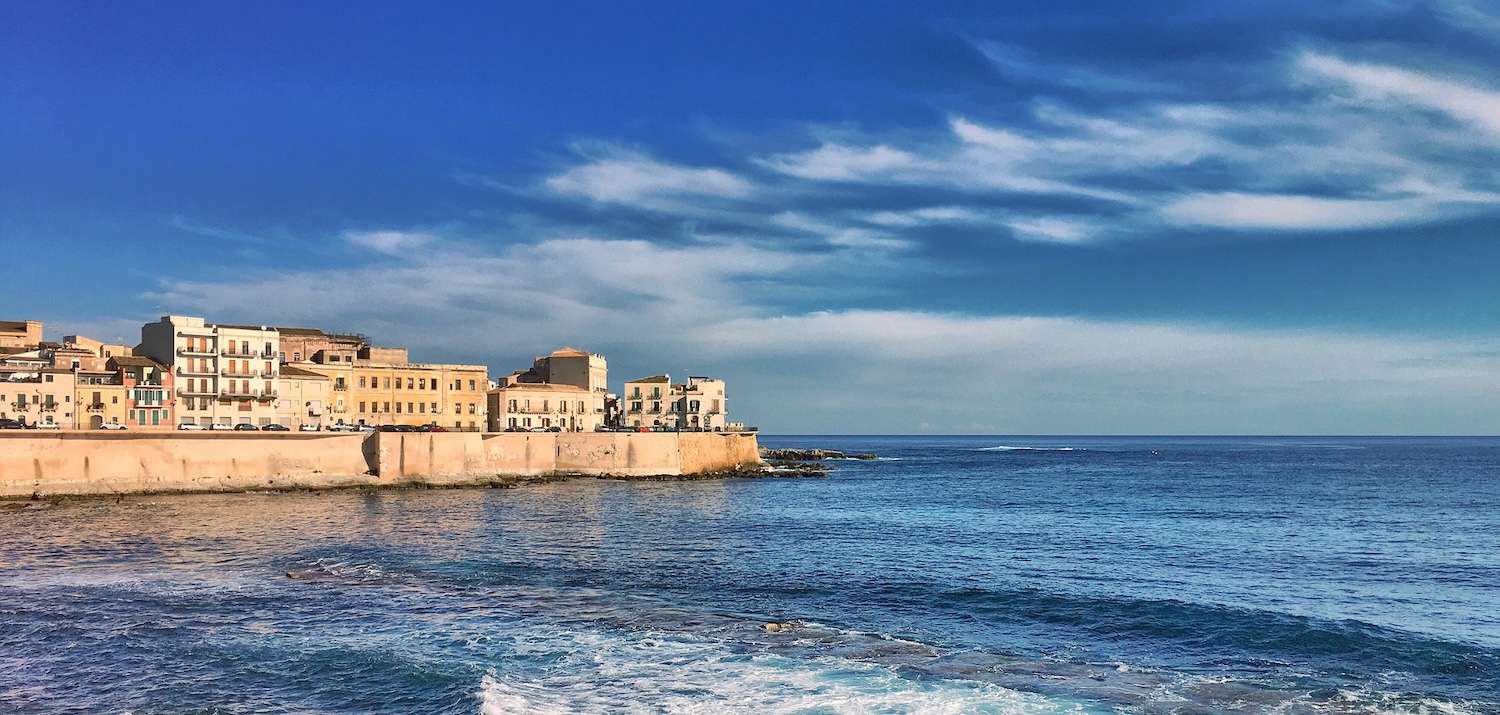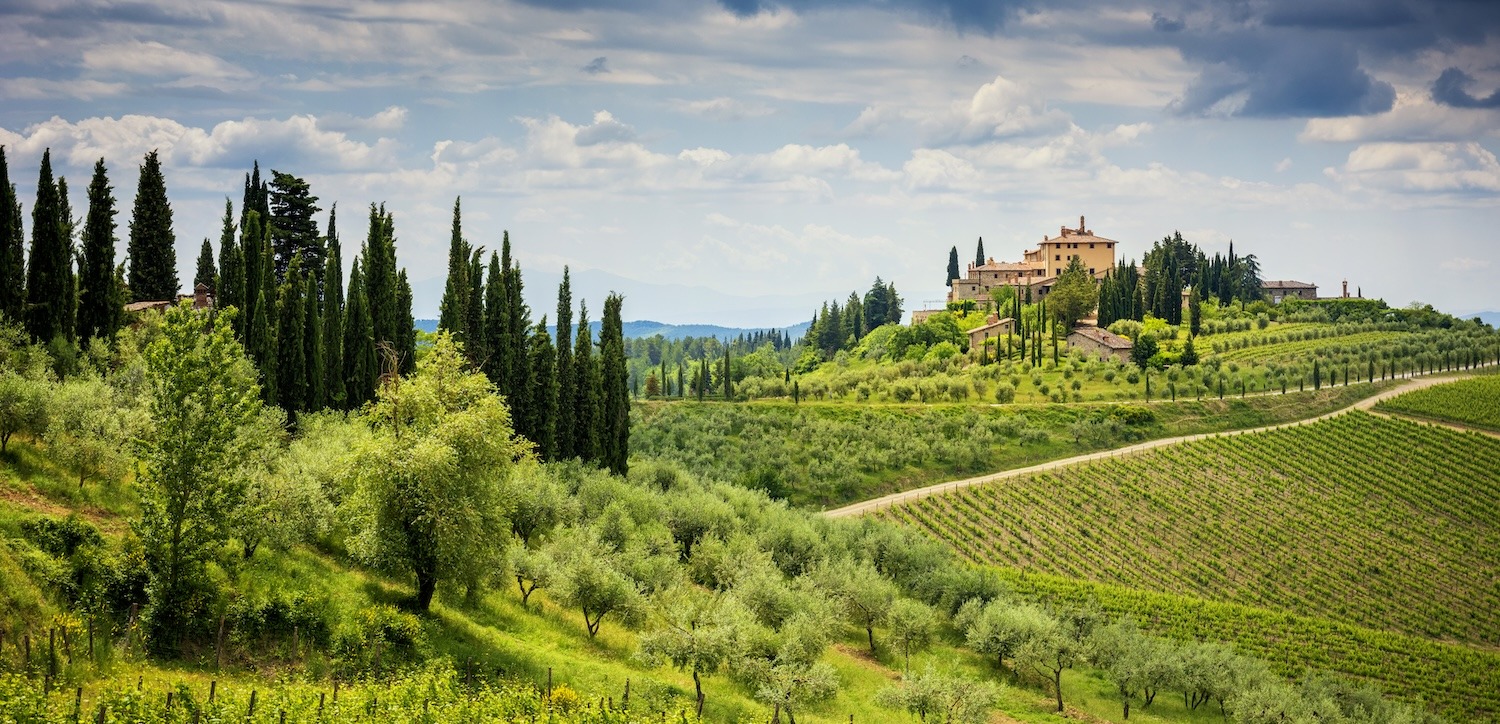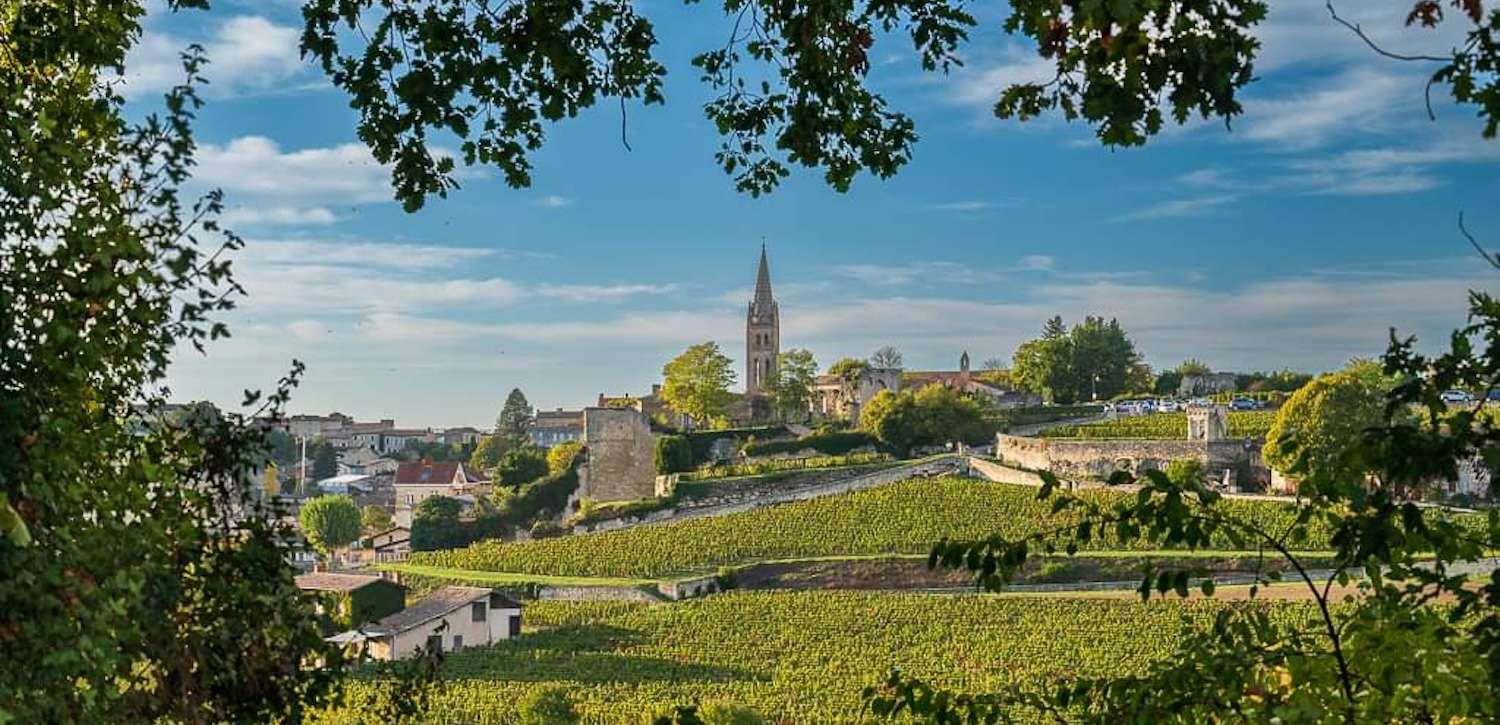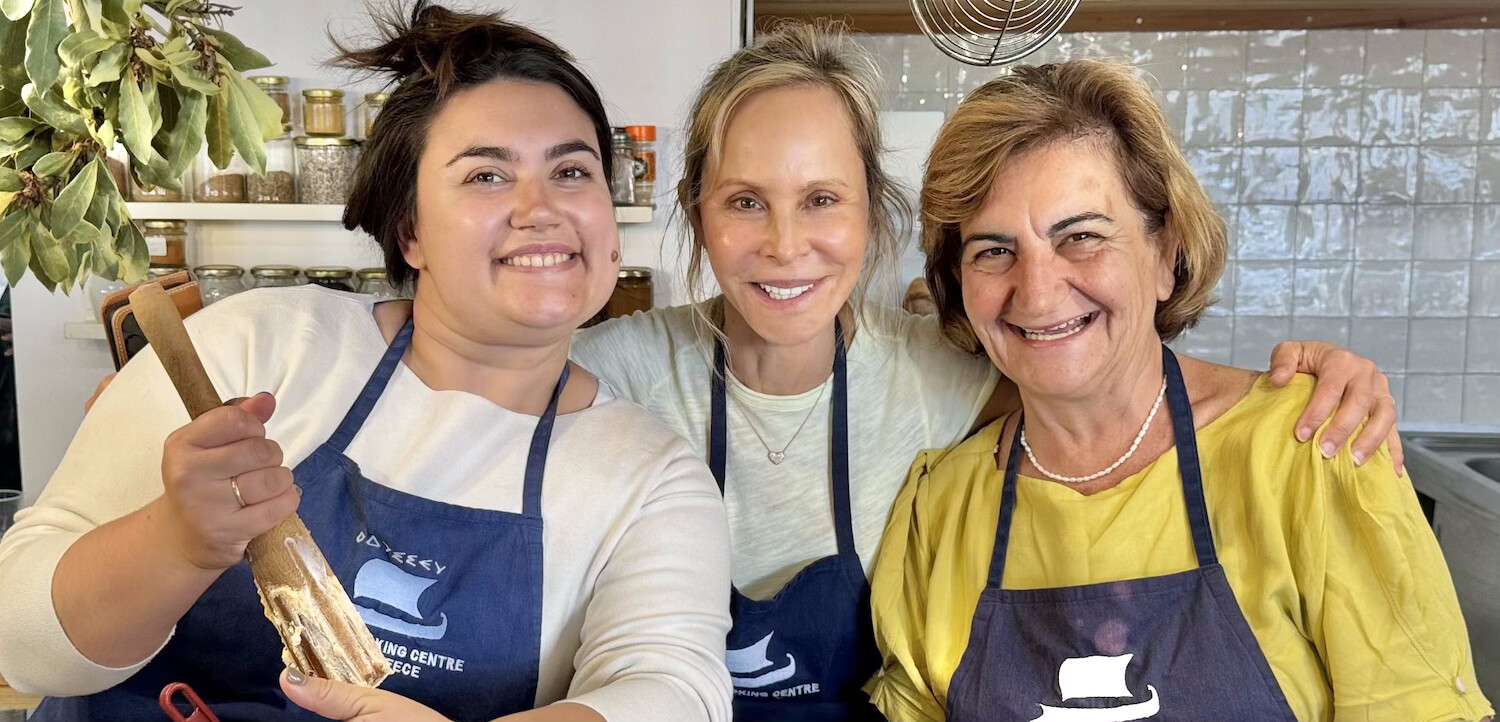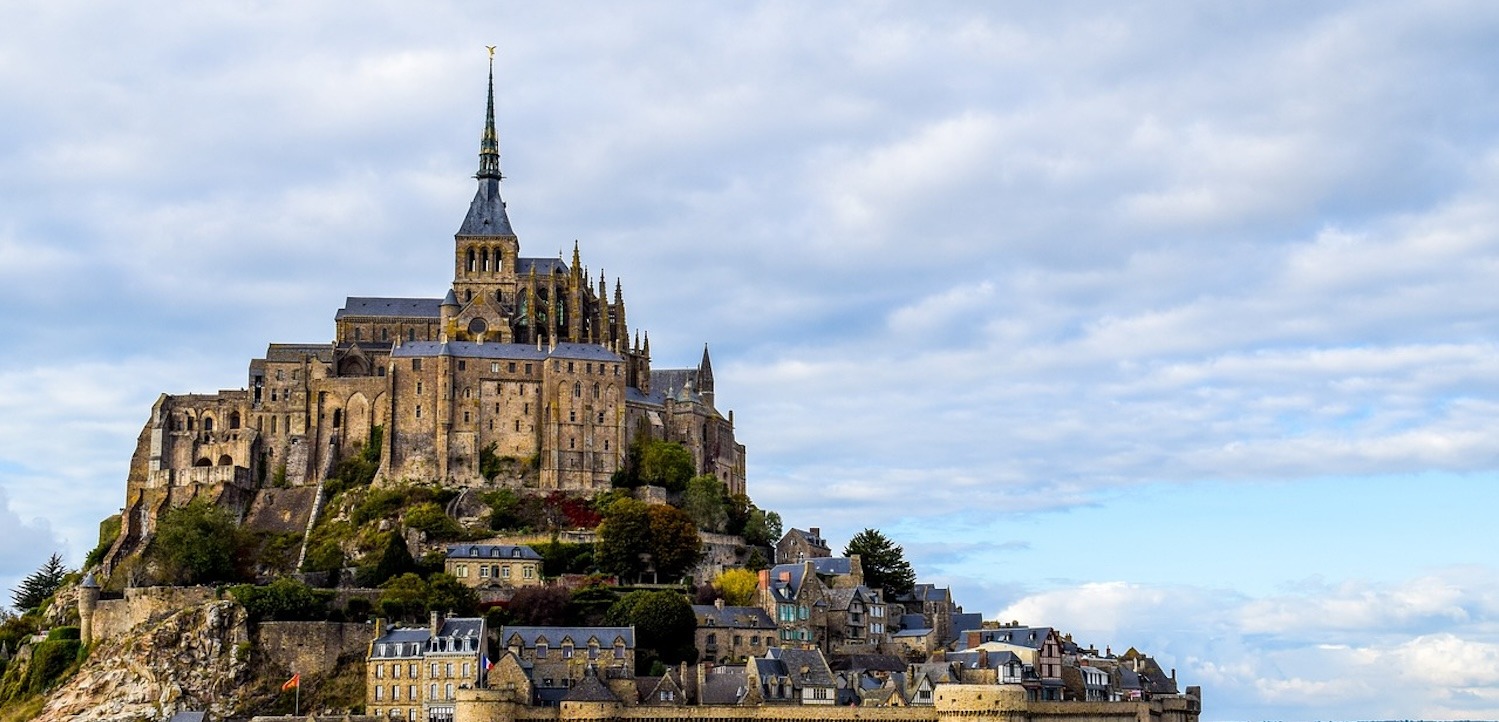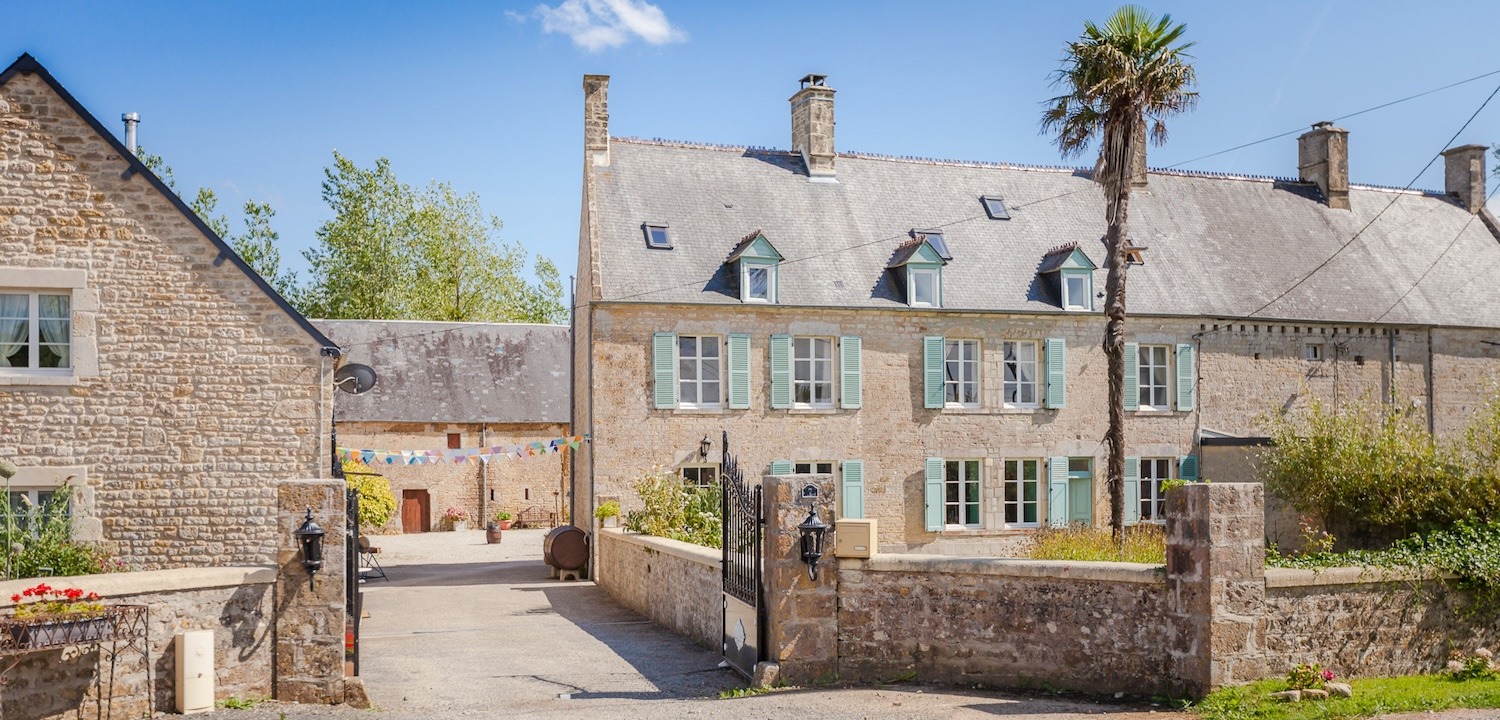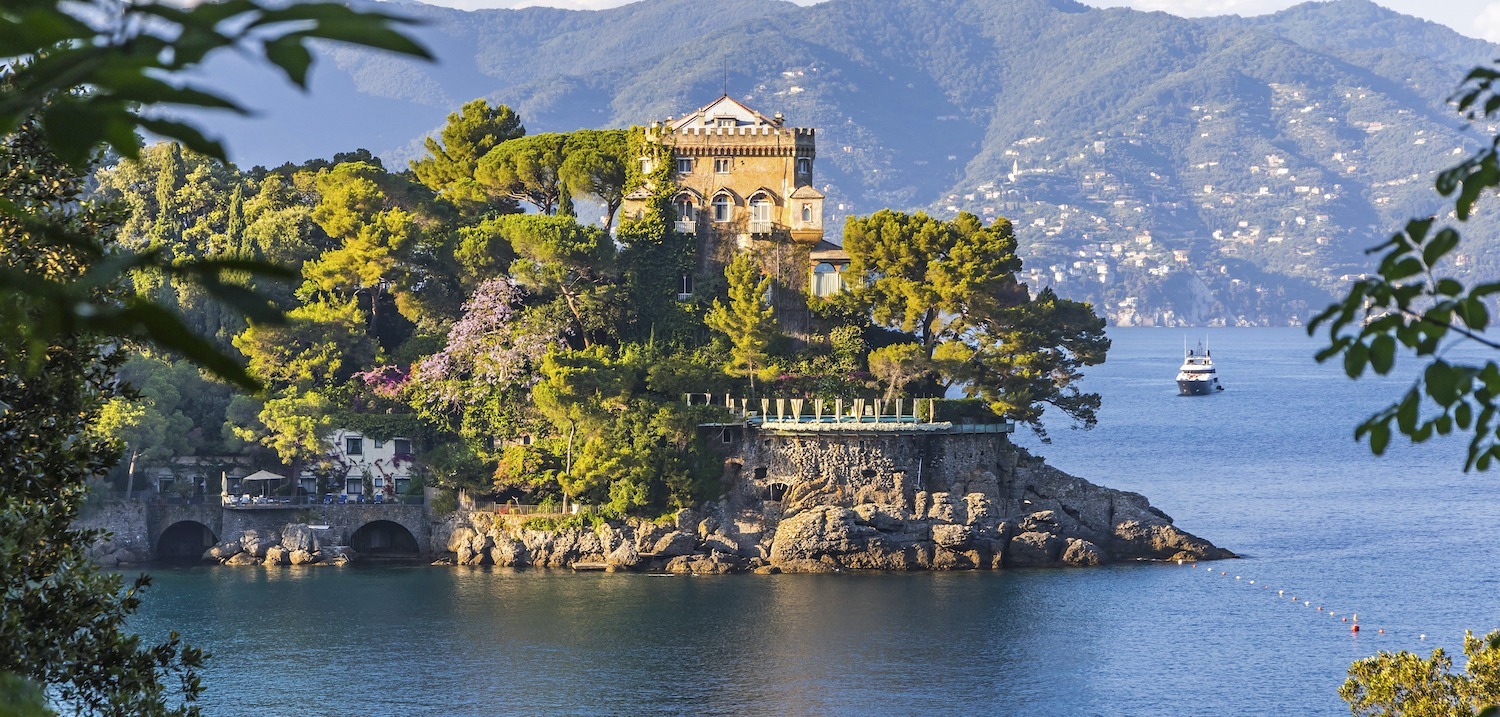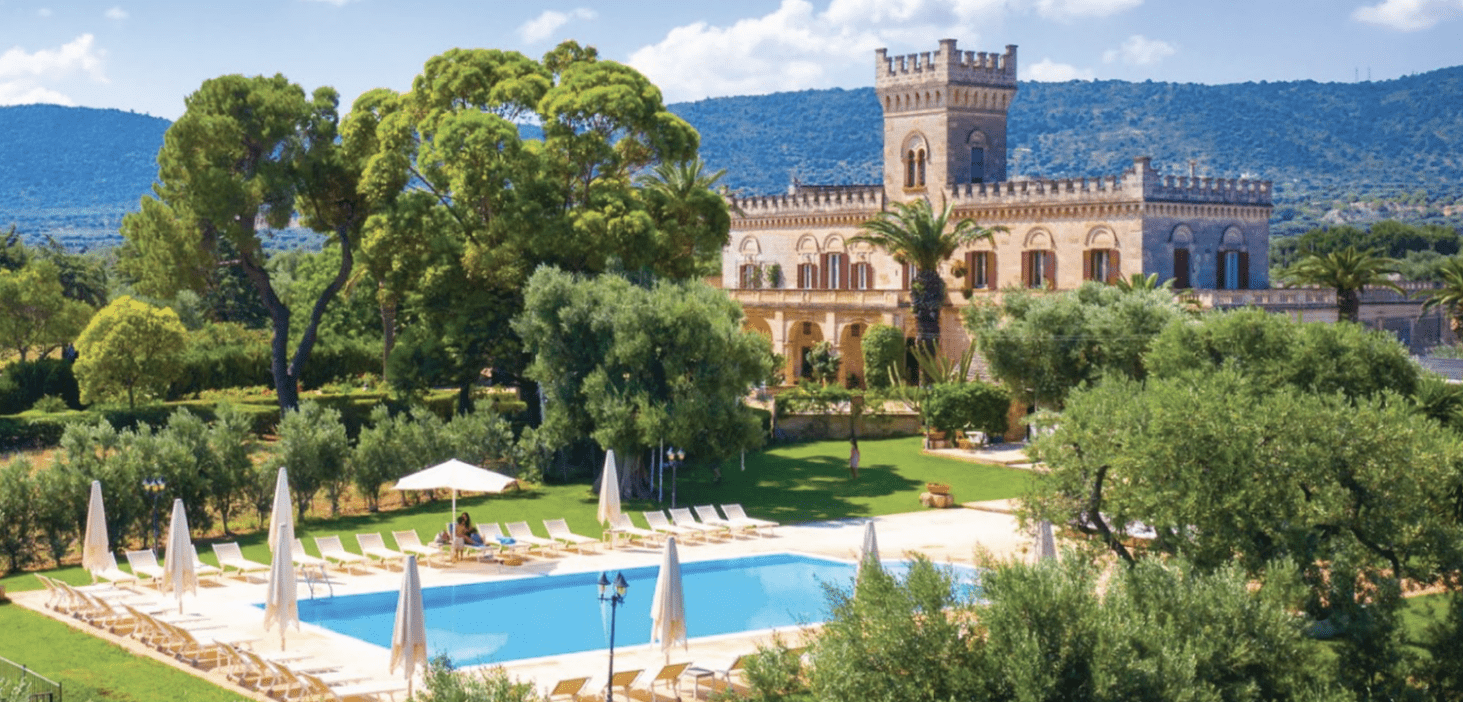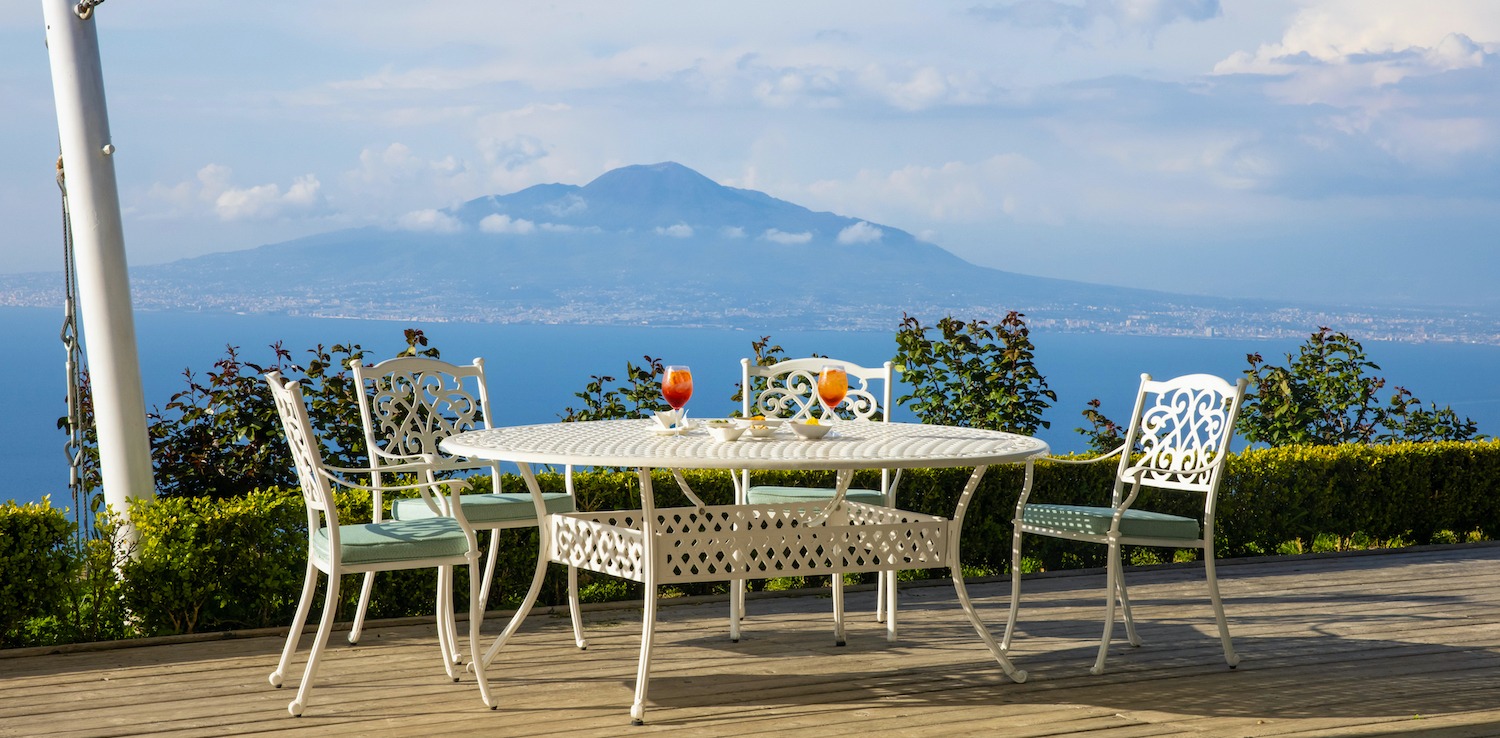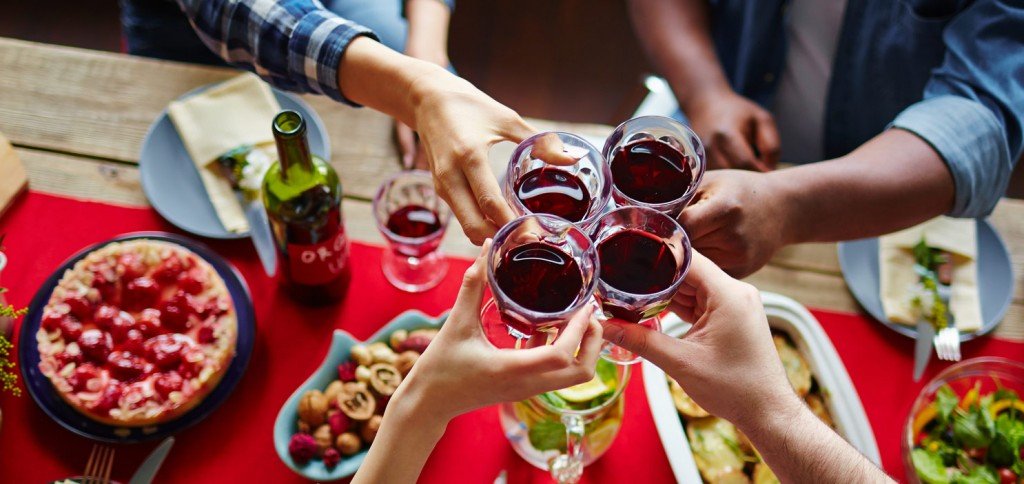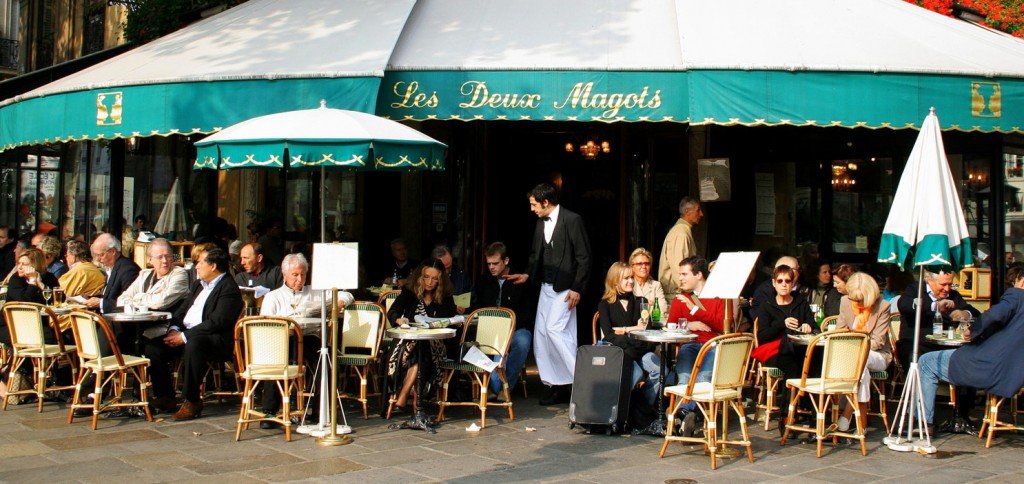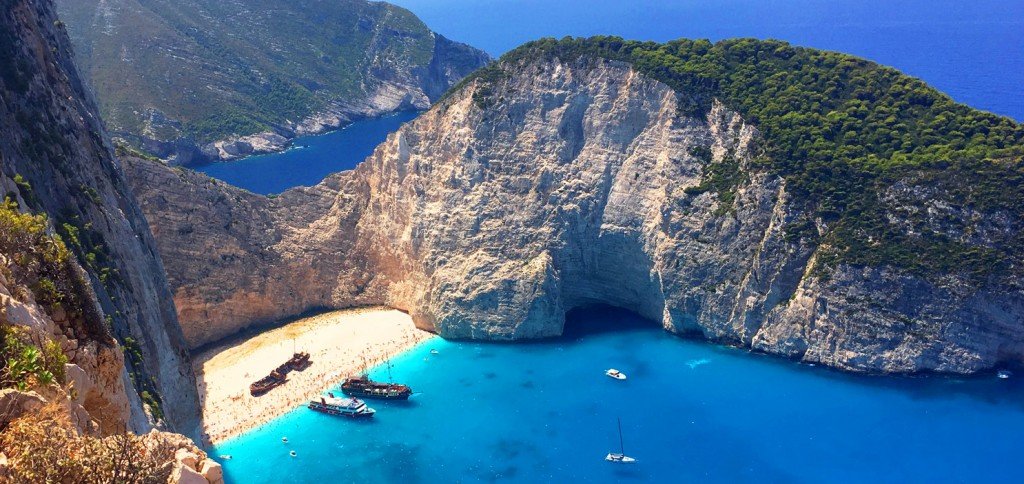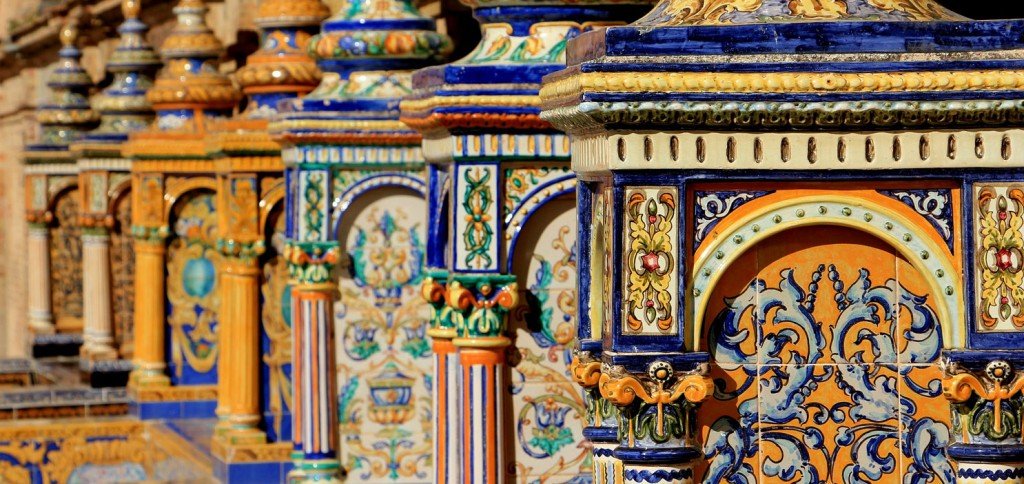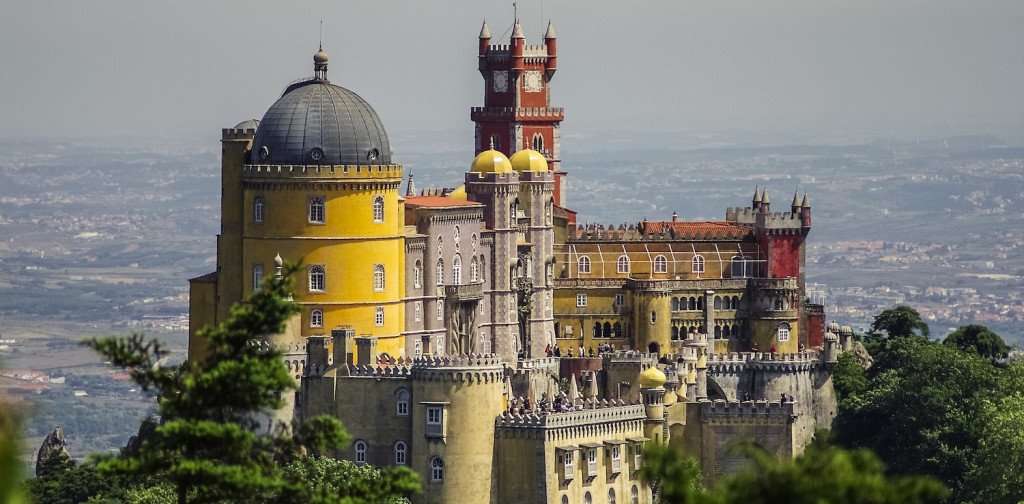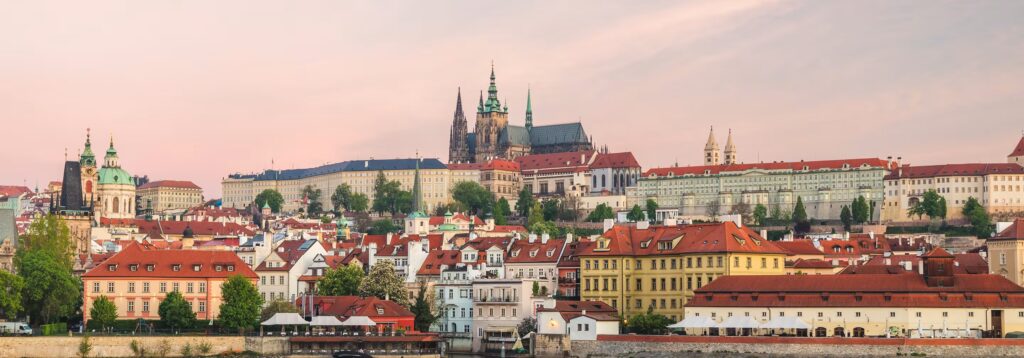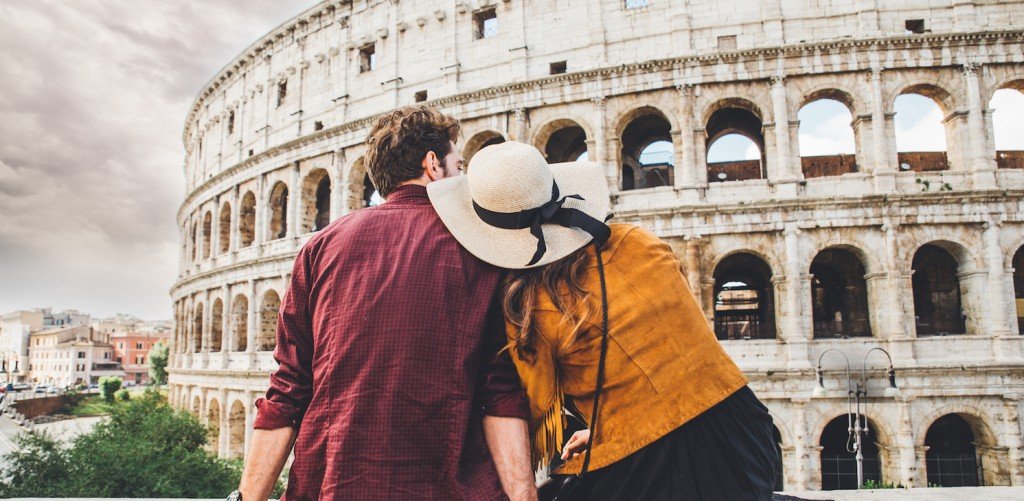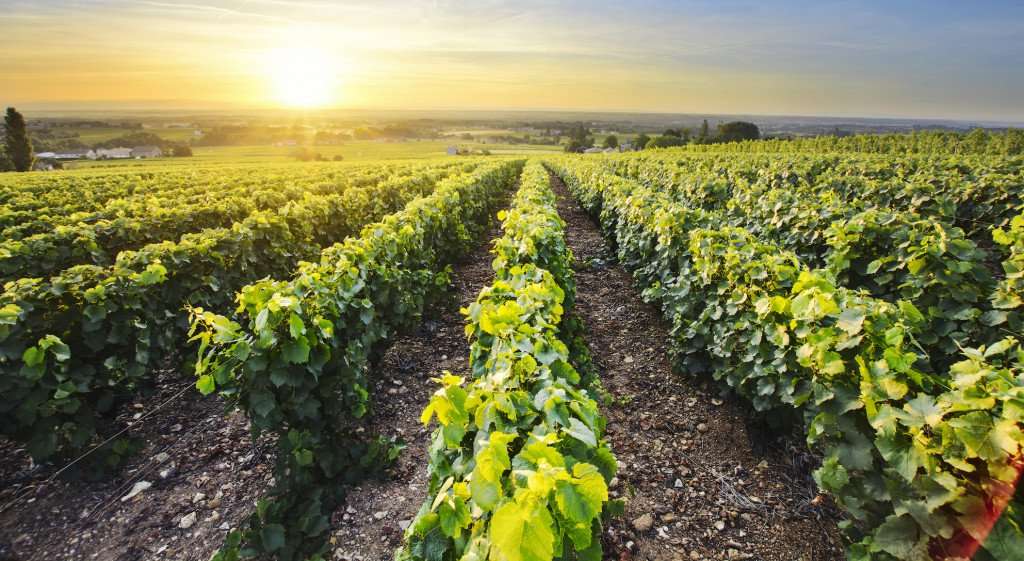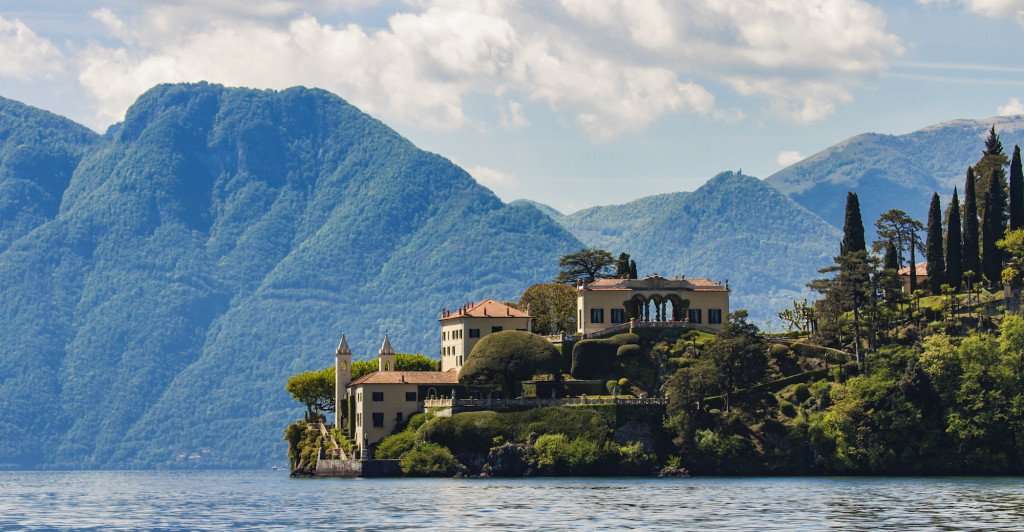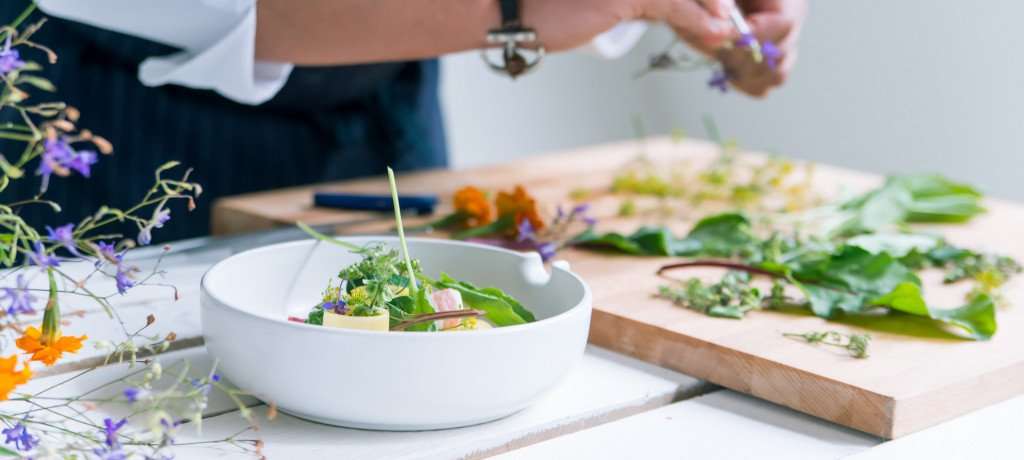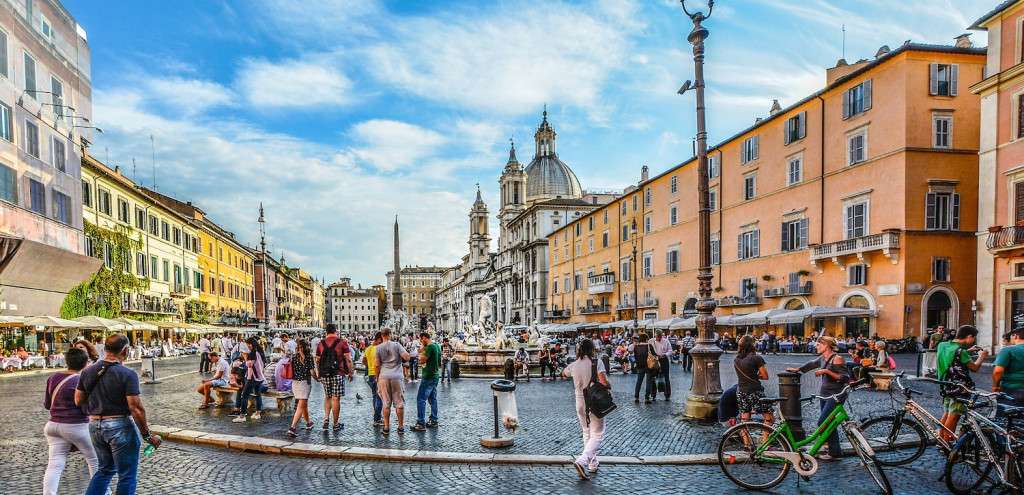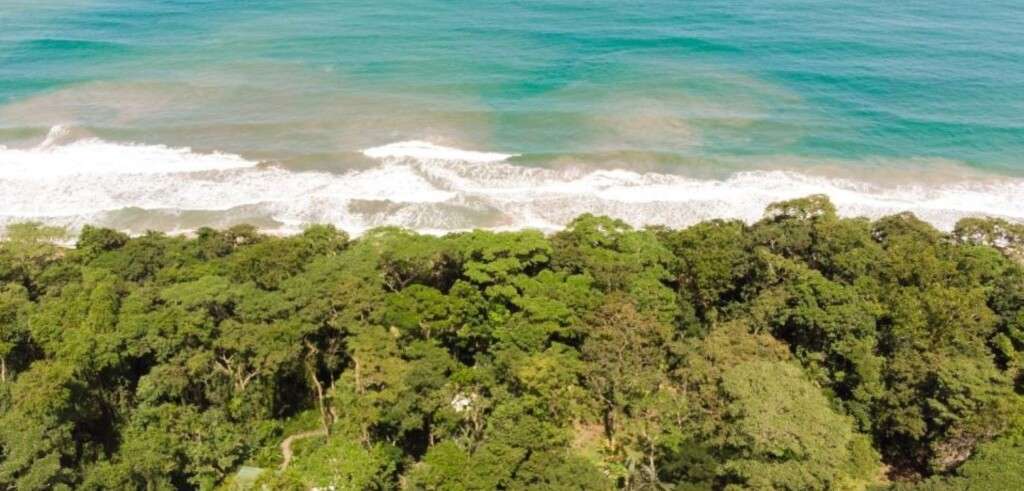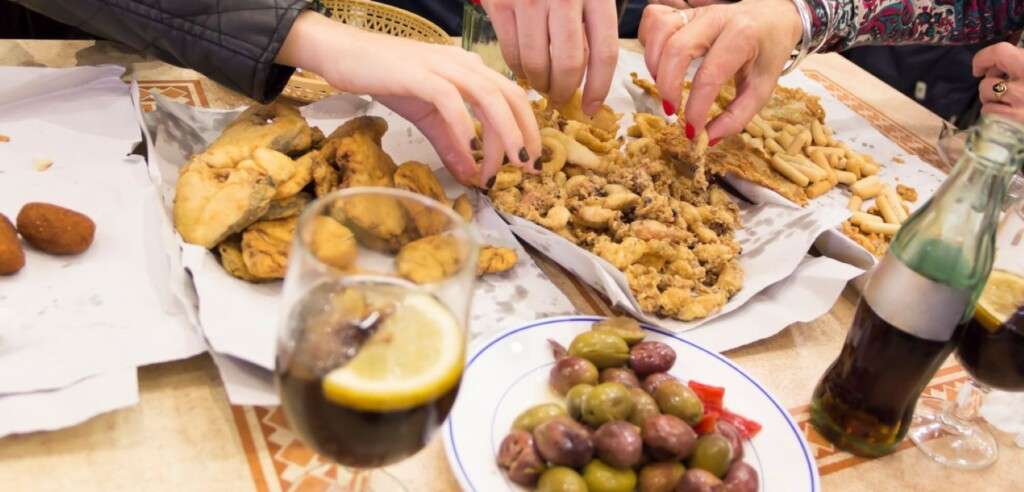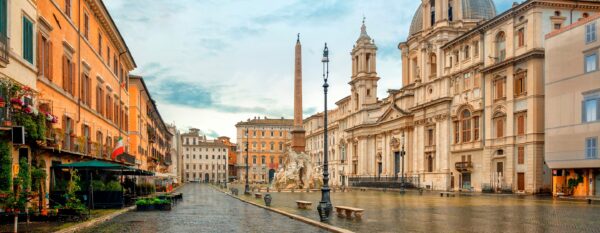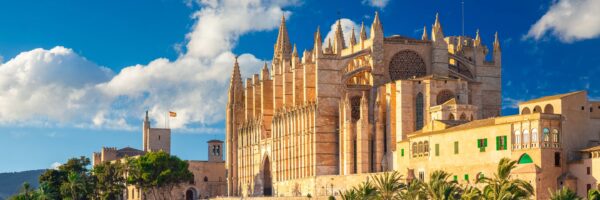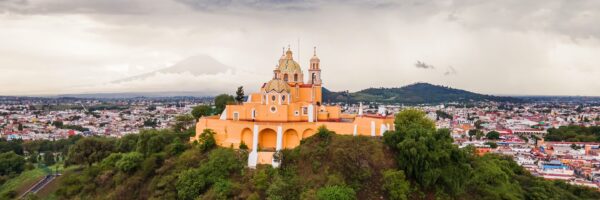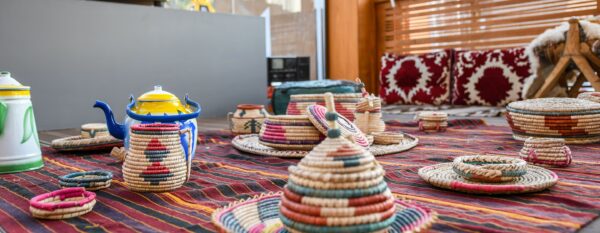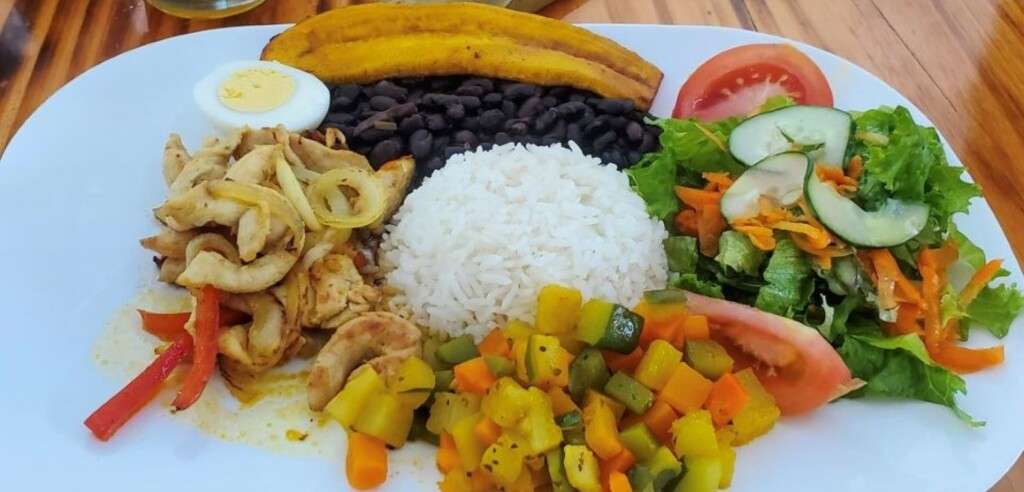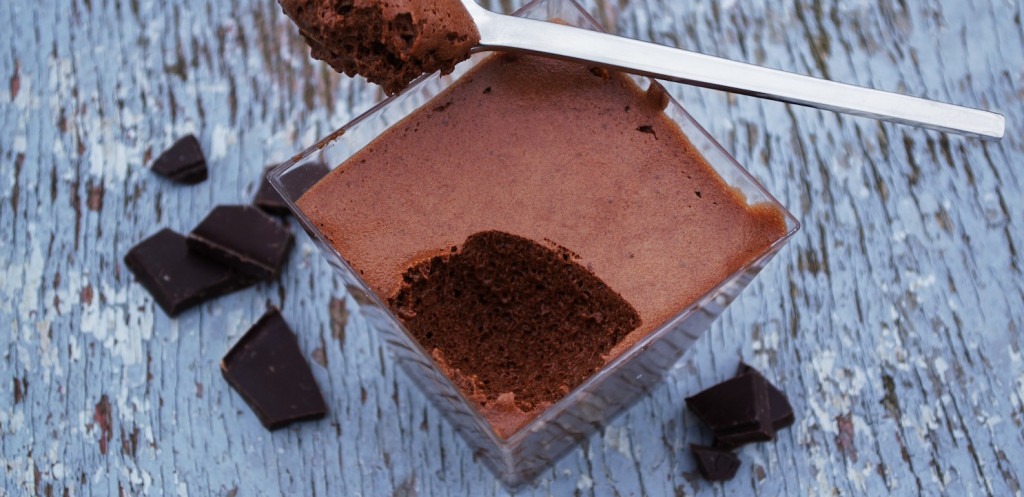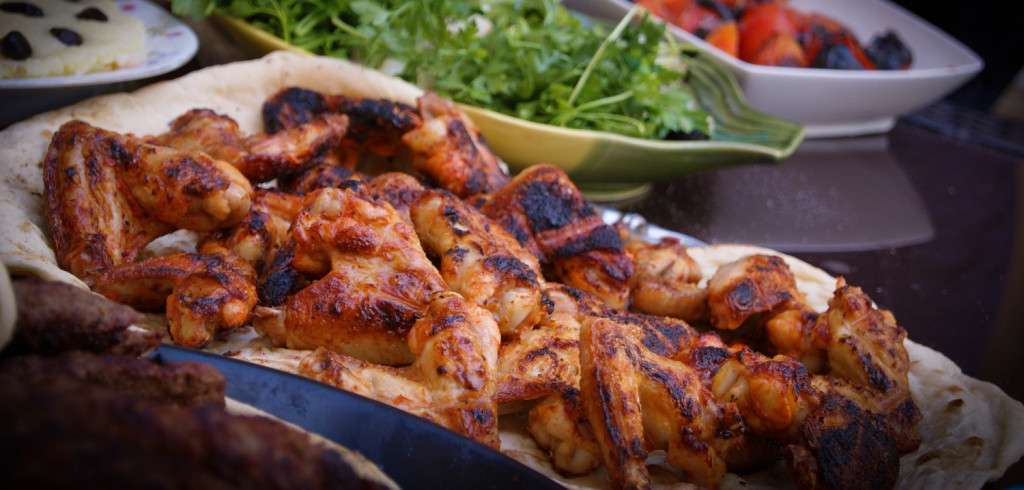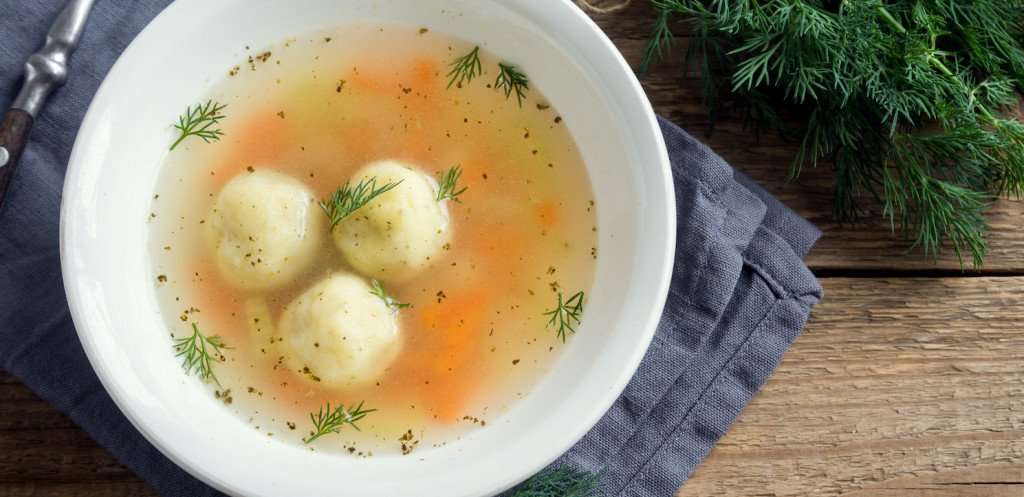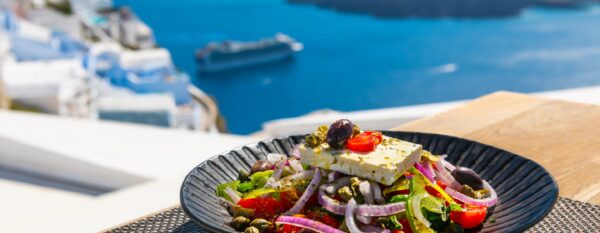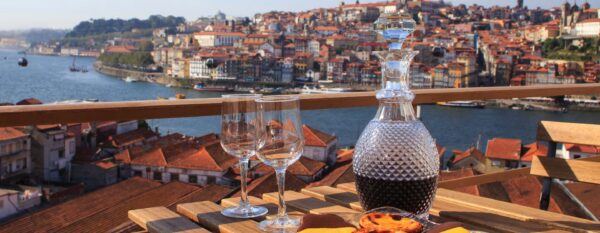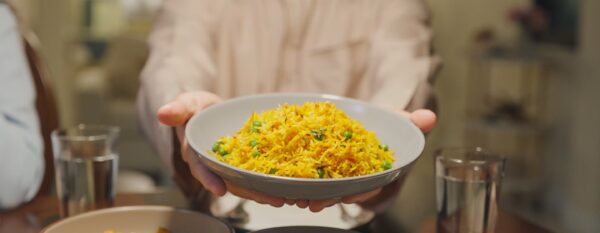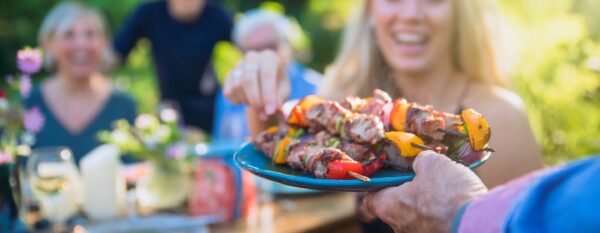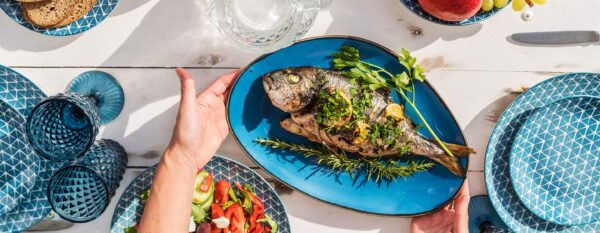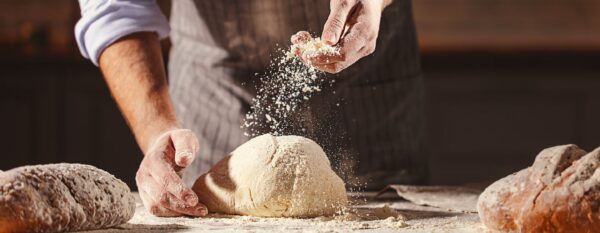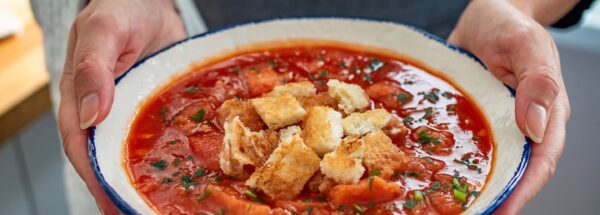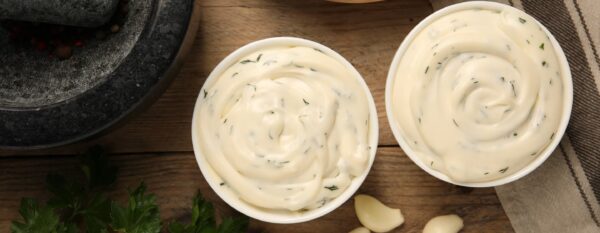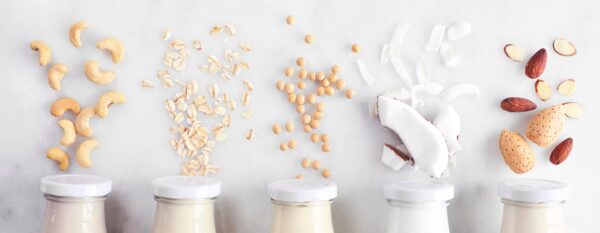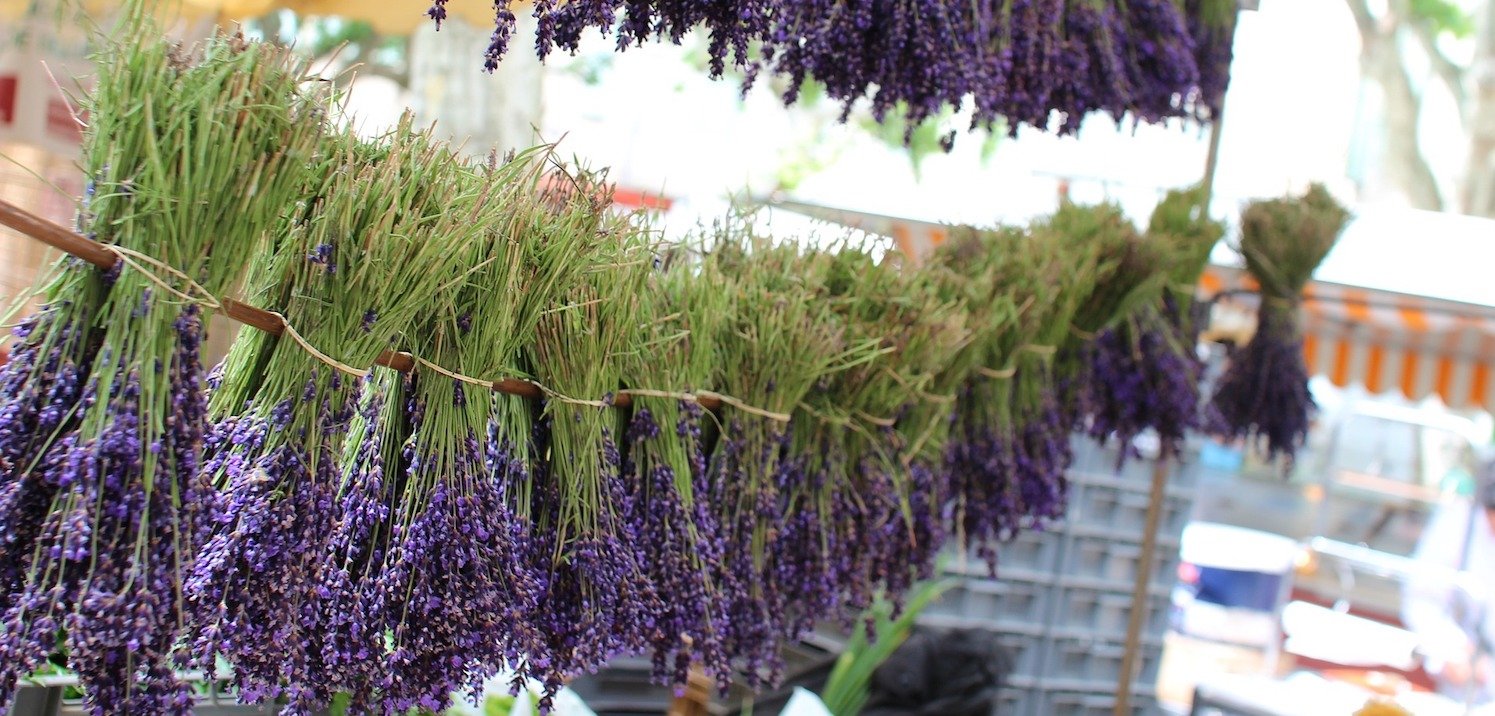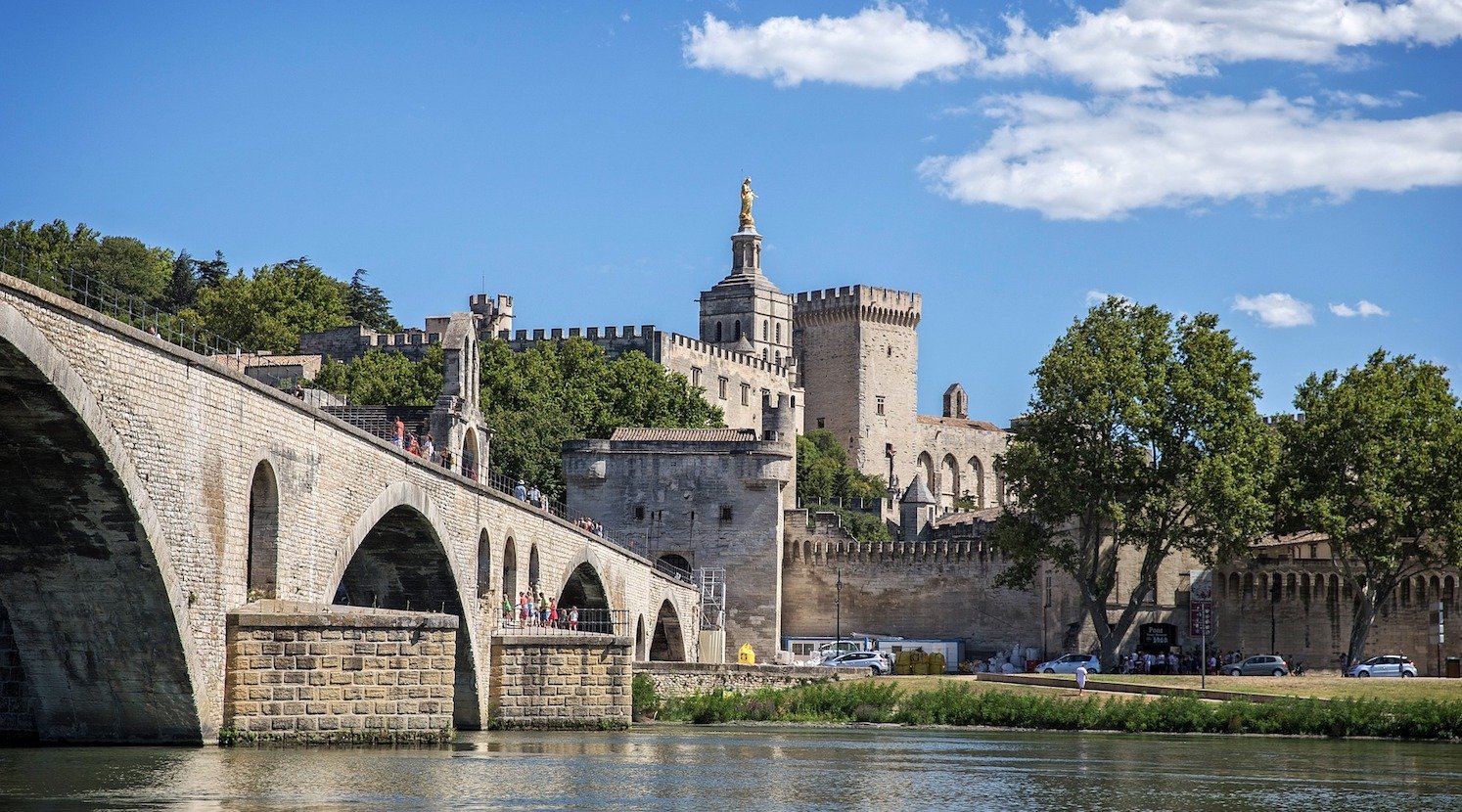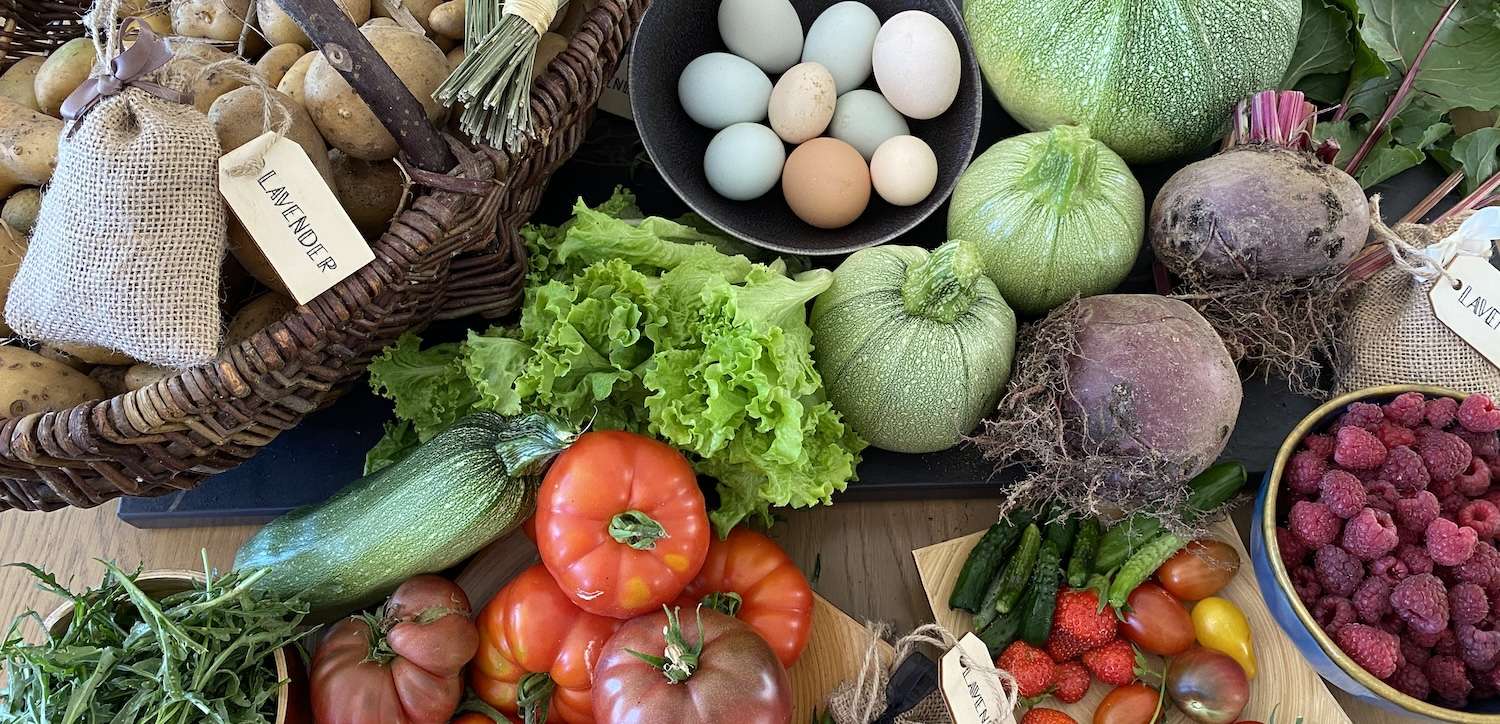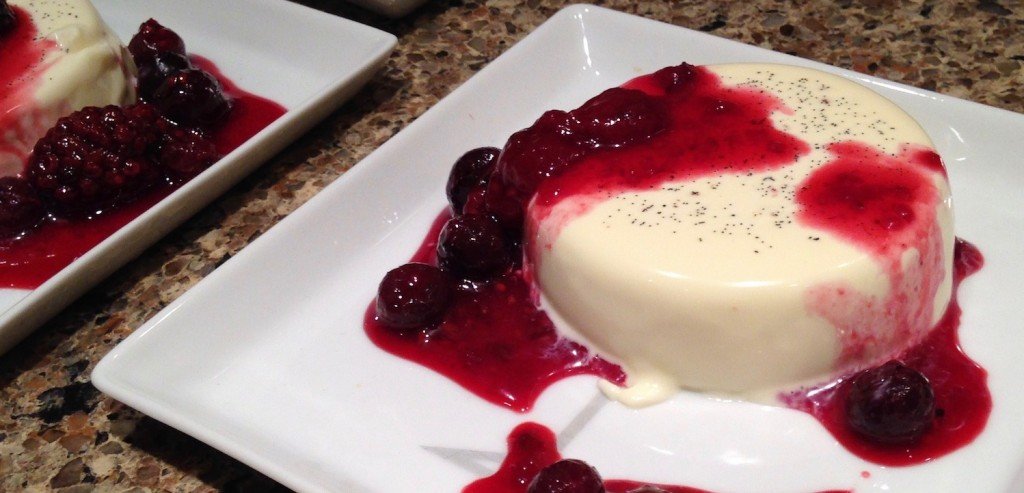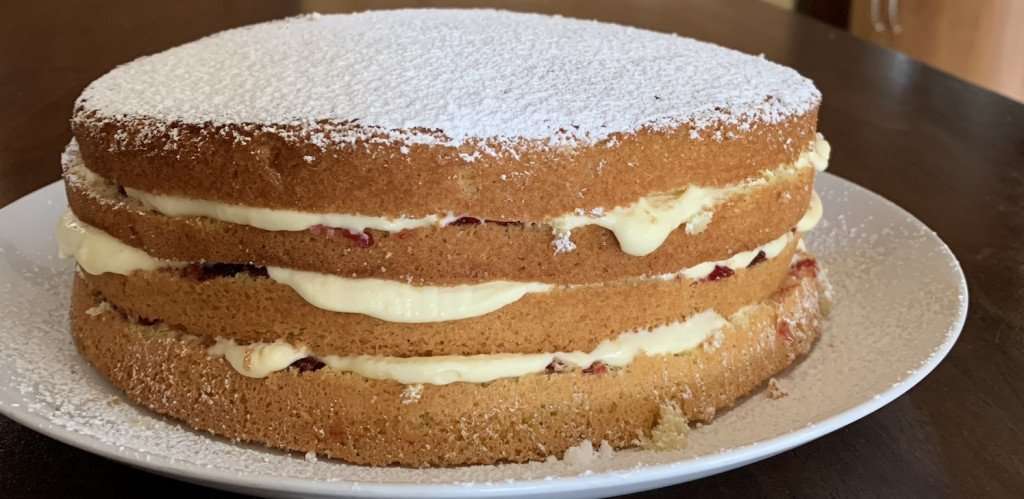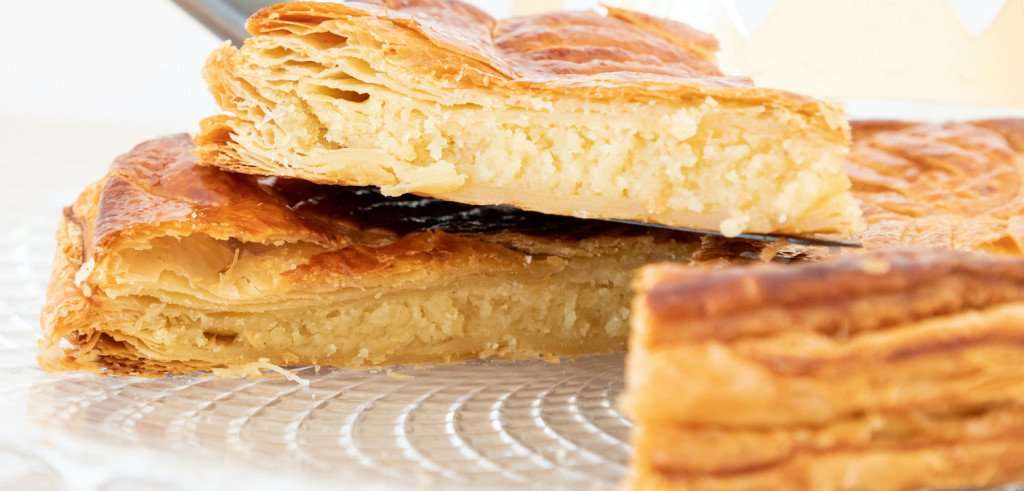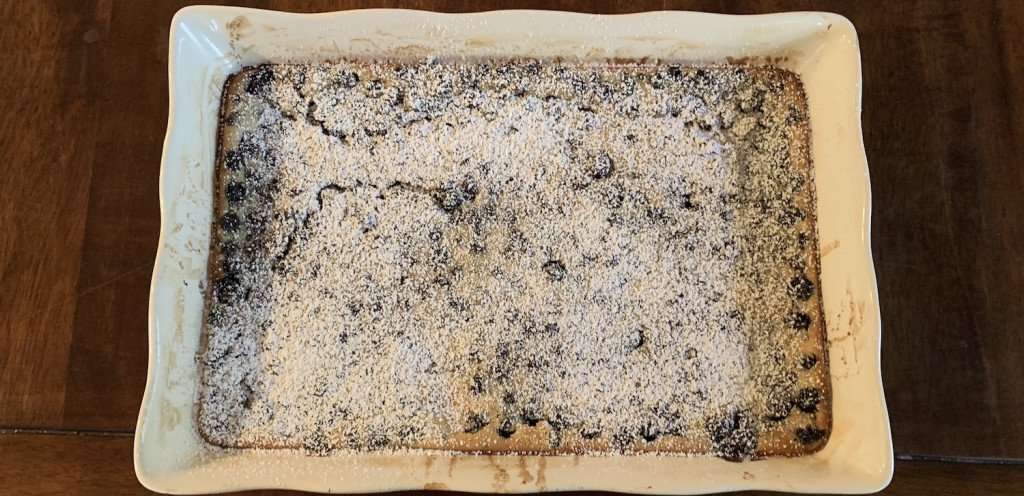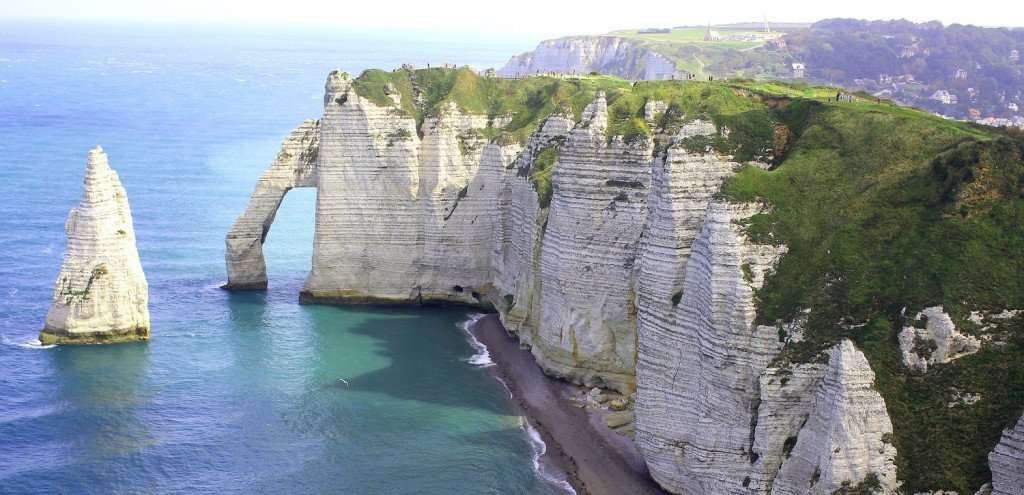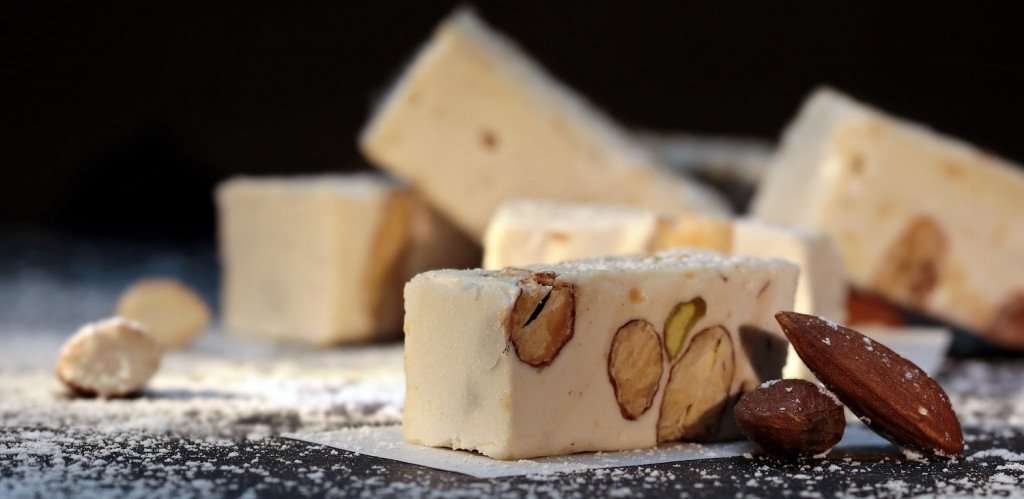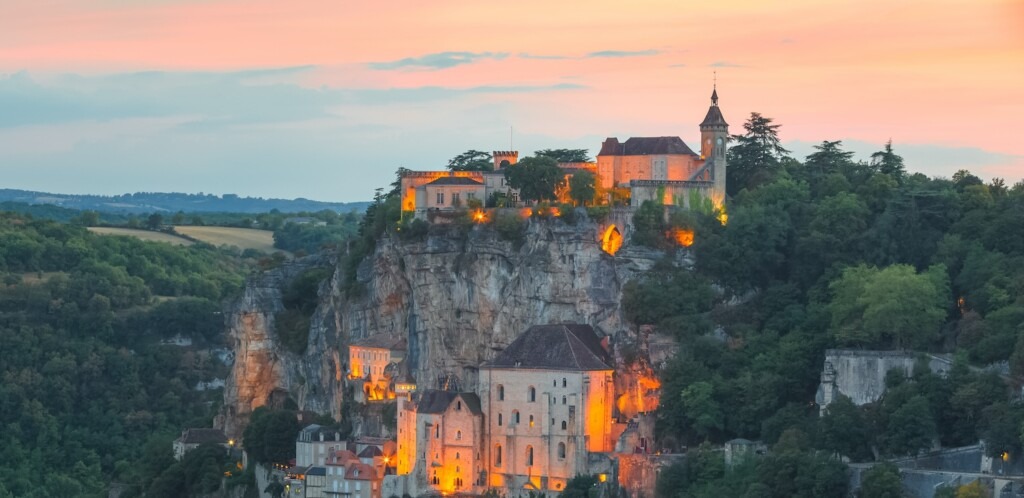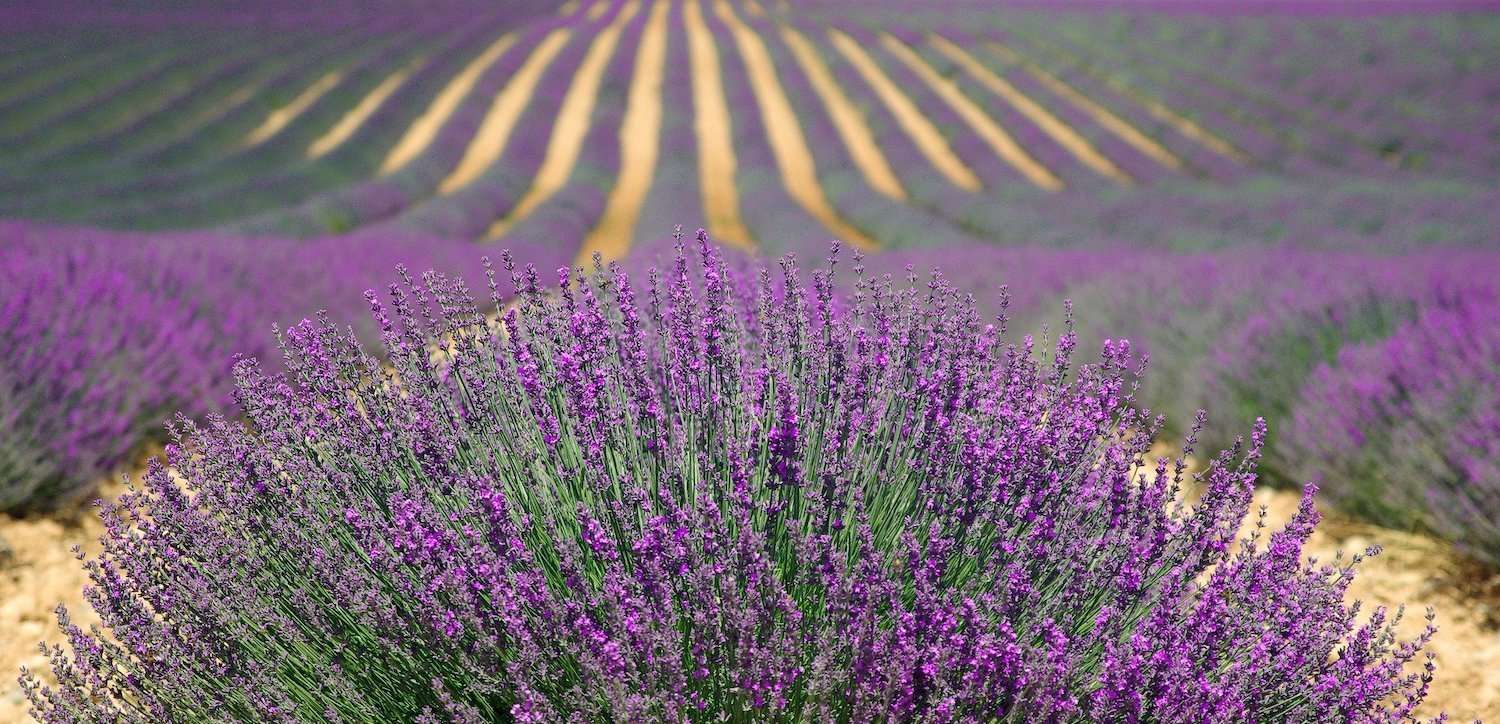
- The International Kitchen
- Recipes
- Travel Inspirations: The Lavender of Provence (Plus a Recipe)
Travel Inspirations: The Lavender of Provence (Plus a Recipe)
-
-
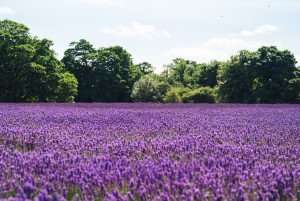 Every summer tourists flock to Provence to see a sea of beautiful, purple fields ripping in the breeze. The lavender fields of Provence are so famous that most years you need to book well in advance if you want the chance to see these gorgeous blossoms in bloom. This year is of course an exception – if you could get to France (and those of you in Europe can!), you would find that COVID has cleared out the crowds and left simply the sea of purple blossoms.
Every summer tourists flock to Provence to see a sea of beautiful, purple fields ripping in the breeze. The lavender fields of Provence are so famous that most years you need to book well in advance if you want the chance to see these gorgeous blossoms in bloom. This year is of course an exception – if you could get to France (and those of you in Europe can!), you would find that COVID has cleared out the crowds and left simply the sea of purple blossoms.
Lavender season peaks in the summer, with the best time for seeing the blossoms running between mid-June and early August, and peaking mid-July. Of course, like all things agricultural, that varies a bit year to year depending on heat and rainfall. By late July and August the lavender harvest starts in many areas, but even in August, most years, you can still find a field in bloom.
Uses of Lavender
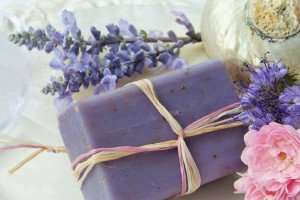 Lavender has been used for centuries in essential oils and tinctures, and its anti-inflammatory properties are probably its most appreciated. There is a reason lavender is used as a “calming” agent in oils, salts, and sachets, as these anti-inflammatory and antiseptic qualities mean it can calm both the skin (it is used commonly for insect bites and acne, for instance) and the mind (it is one of the most commonly used scents for sleep and mediation).
Lavender has been used for centuries in essential oils and tinctures, and its anti-inflammatory properties are probably its most appreciated. There is a reason lavender is used as a “calming” agent in oils, salts, and sachets, as these anti-inflammatory and antiseptic qualities mean it can calm both the skin (it is used commonly for insect bites and acne, for instance) and the mind (it is one of the most commonly used scents for sleep and mediation).
I’ve read that it was used by the Egyptians in the process of mummification, and that the ancient Romans used it in soaps and perfumes, much like we do today. Undoubtedly what most people associate with the plant is the distinct and popular fragrance.
History of Lavender
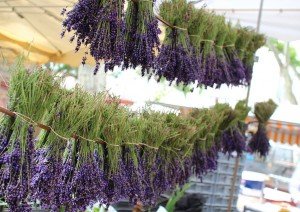 In fact, it seems lavender did not originate in Provence, but that it has been cultivated there for thousands of years, since traders brought it to the area around 600 BC. And if it is true that the ancient Romans were the first to extract the essential oils from the plant, they clearly also recognized that southern Gallia (Gaul) was an ideal place for its cultivation. They also gave the plant its common name: the French lavandre is thought to derive from the Latin lavare, to wash. It seems that it was much later, though, with the founding of the first profume factories in the town of Grasse (the Parumerie Galimard was founded in 1747), that lavender cultivation really took off.
In fact, it seems lavender did not originate in Provence, but that it has been cultivated there for thousands of years, since traders brought it to the area around 600 BC. And if it is true that the ancient Romans were the first to extract the essential oils from the plant, they clearly also recognized that southern Gallia (Gaul) was an ideal place for its cultivation. They also gave the plant its common name: the French lavandre is thought to derive from the Latin lavare, to wash. It seems that it was much later, though, with the founding of the first profume factories in the town of Grasse (the Parumerie Galimard was founded in 1747), that lavender cultivation really took off.
Visiting the Lavender Fields
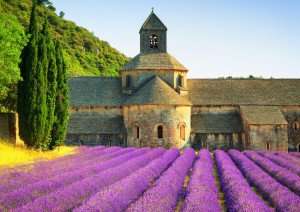 There are many places in Provence that you can see lavender fields, and many of them are beautiful places in their own right. The Luberon department of Provence is probably the most popular due to the sheer number of fields as well as its many picturesque perched villages with their cobblestone streets and pastel buildings, and the beautiful canyons and valleys. Because lavender likes to grow at higher altitudes, Mont Ventoux is also a wonderful place to visit fine lavender fields, as is the department of Alpes-de-Haute-Provence, which lies just east of the Luberon. The most famous lavender field in Provence, or certainly one of the most picturesque, is undoubtedly the one in front of the Senanque Abbey near the town of Gorde (pictured).
There are many places in Provence that you can see lavender fields, and many of them are beautiful places in their own right. The Luberon department of Provence is probably the most popular due to the sheer number of fields as well as its many picturesque perched villages with their cobblestone streets and pastel buildings, and the beautiful canyons and valleys. Because lavender likes to grow at higher altitudes, Mont Ventoux is also a wonderful place to visit fine lavender fields, as is the department of Alpes-de-Haute-Provence, which lies just east of the Luberon. The most famous lavender field in Provence, or certainly one of the most picturesque, is undoubtedly the one in front of the Senanque Abbey near the town of Gorde (pictured).
Many travelers to Provence in the summer will couple their visits of the lavender fields with the many festivals that focus on the flower as well as visits of the distilleries to learn how the flower is grown, harvested, and made into a variety of products (that are of course also for sale!).
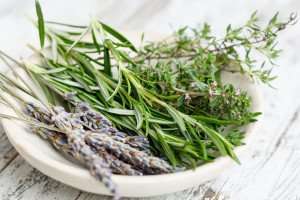 Using Lavender in the Kitchen
Using Lavender in the Kitchen
Although lavender has not traditionally been used to a large extent in cooking, it is definitely worth experimenting with. Herbalists generally recommend English lavender as the variety most suited for cooking, but whichever type you use make sure it is “culinary lavender” or “edible lavender.”. You can use it dried or fresh, but remember to use it sparingly. Like most edible flowers, a little goes a long way. Its most common uses are as a substitute for herbs in some savory dishes, or as a complimentary flavor in desserts.
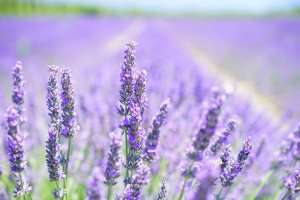 My favorite uses for lavender in the kitchen are lavender sugar and lavender syrup. For the first, the simplest way to do it is to put some fresh lavender blossoms in a jar with sugar for a week or so. The lavender will infuse into the sugar! But fresh lavender can be hard to find, so another way to do it is to mix it all up in a food processor or clean coffee grinder. Simply take a tablespoon or so of dried culinary lavender and a half cup of sugar and whiz them together. This will be a very strong, concentrated lavender sugar, which you should then mix with additional sugar (at least another cup or two). You can use lavender sugar to sweeten anything – from shortbread to ice cream, to teas and more.
My favorite uses for lavender in the kitchen are lavender sugar and lavender syrup. For the first, the simplest way to do it is to put some fresh lavender blossoms in a jar with sugar for a week or so. The lavender will infuse into the sugar! But fresh lavender can be hard to find, so another way to do it is to mix it all up in a food processor or clean coffee grinder. Simply take a tablespoon or so of dried culinary lavender and a half cup of sugar and whiz them together. This will be a very strong, concentrated lavender sugar, which you should then mix with additional sugar (at least another cup or two). You can use lavender sugar to sweeten anything – from shortbread to ice cream, to teas and more.
Following is our recipe for lavender syrup, which we love paired with fresh fruit compotes. Whether to garnish a panna cotta or to adorn a wonderful sponge cake, adding a fruit compote and a drizzle of lavender syrup brings another level of flavor to the dish.
Recipe for Lavender Syrup
-
-
-
-
Ingredients
- 1 cup water
- 2 cups sugar
- 2 Tbsp culinary lavender blossoms
Instructions
- Put all ingredients in a saucepan over medium heat, and heat to a simmer, stirring to dissolve the sugar.
- Simmer for about 10 minutes, then remove from heat and let cool to room temperature.
- Strain out the lavender leaves. If you’d like your syrup to be lavender in color, add a bit of food coloring.
Sign up to Receive Our Newsletter
As well as travel tips, promotions, and information on our best cooking vacations.
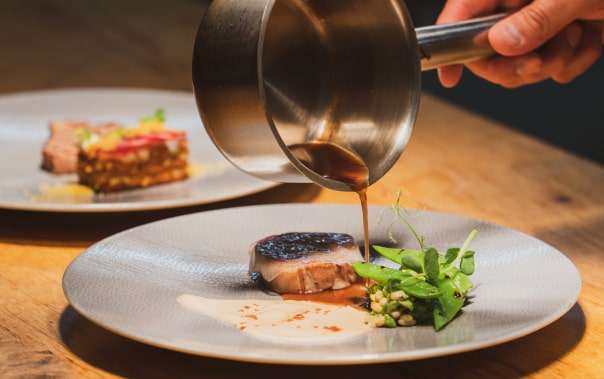
recipes
Related Recipes
blog

